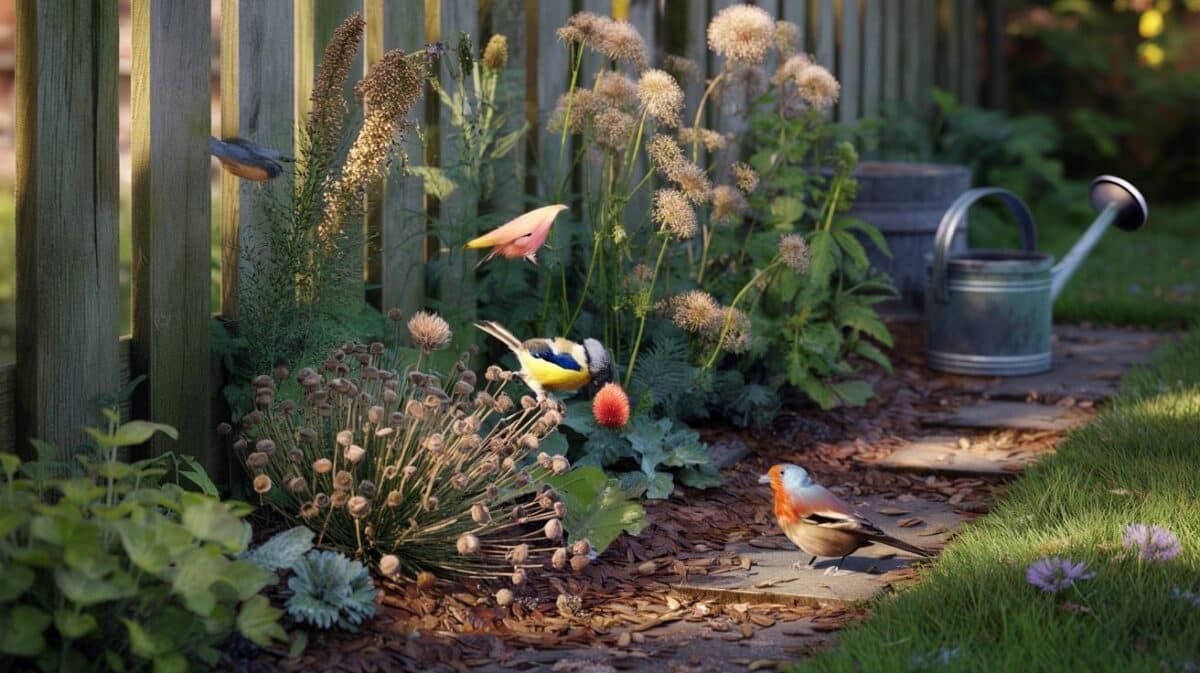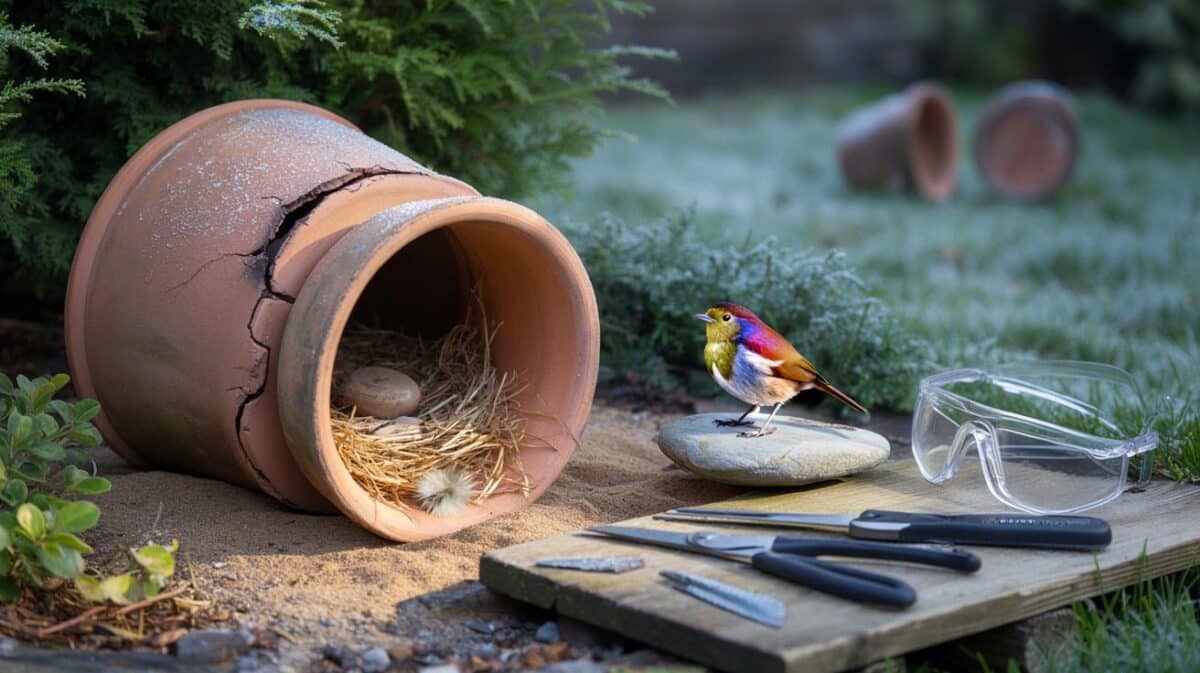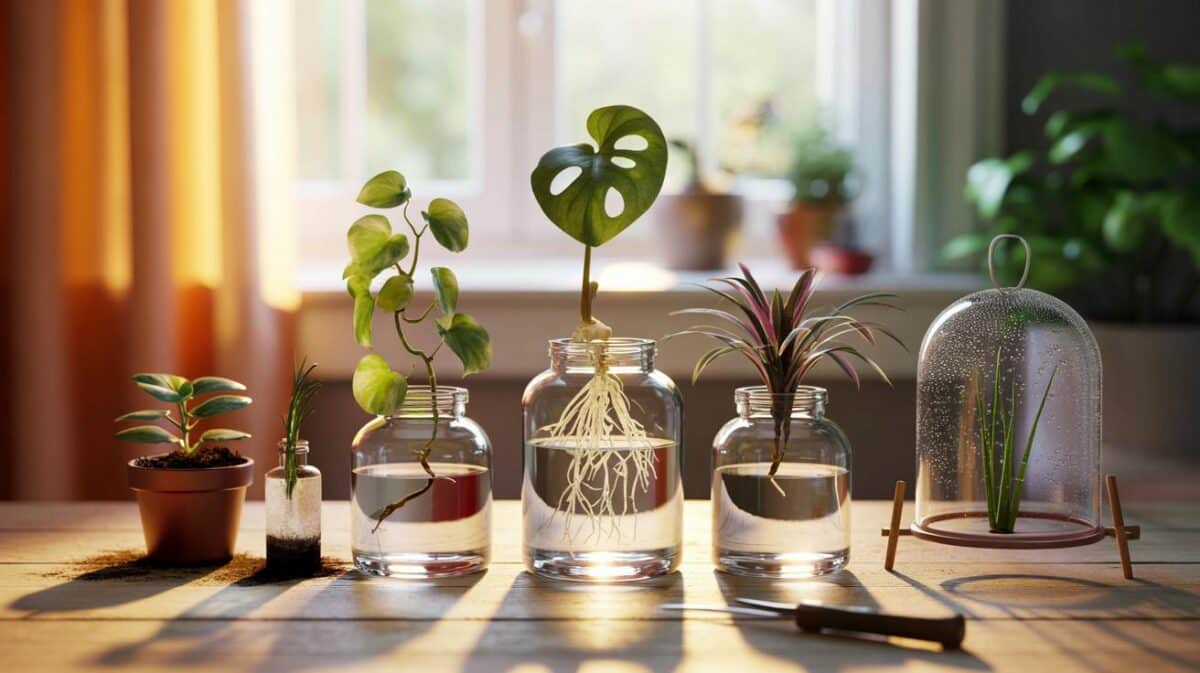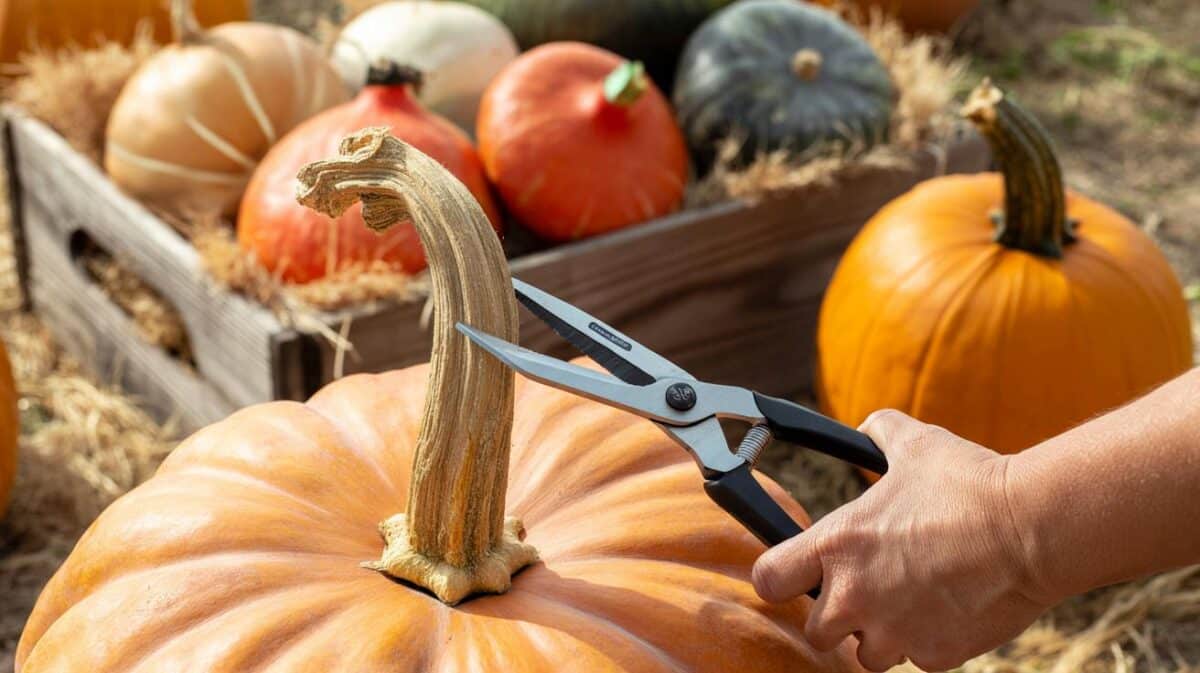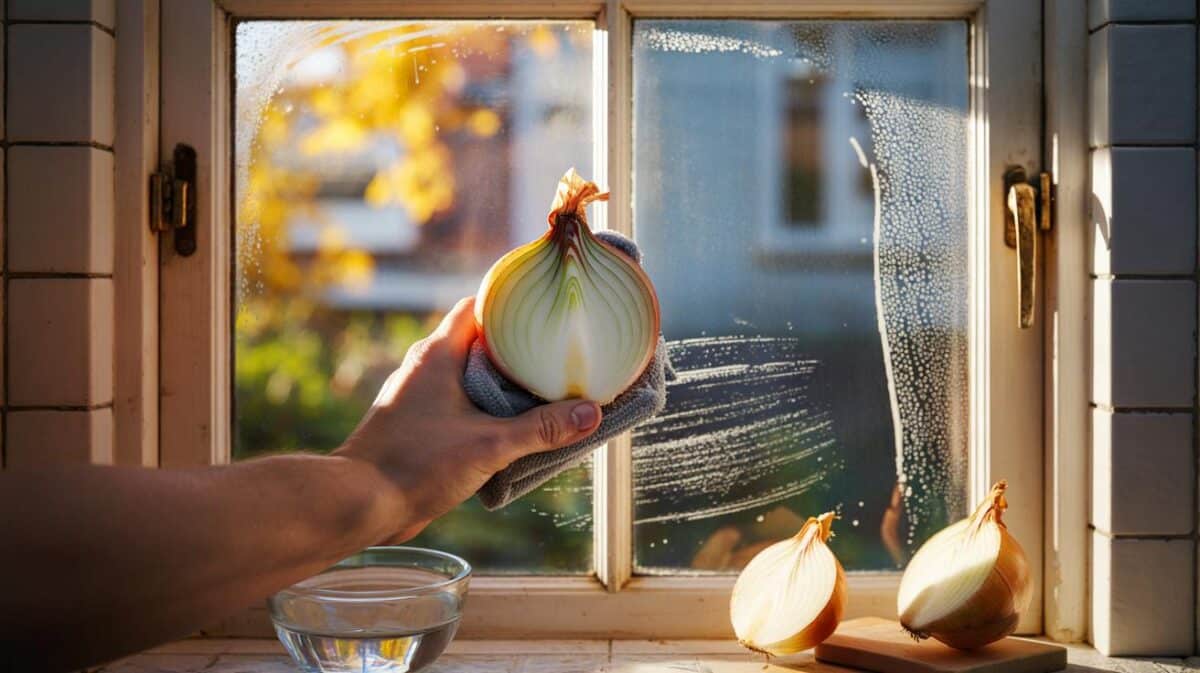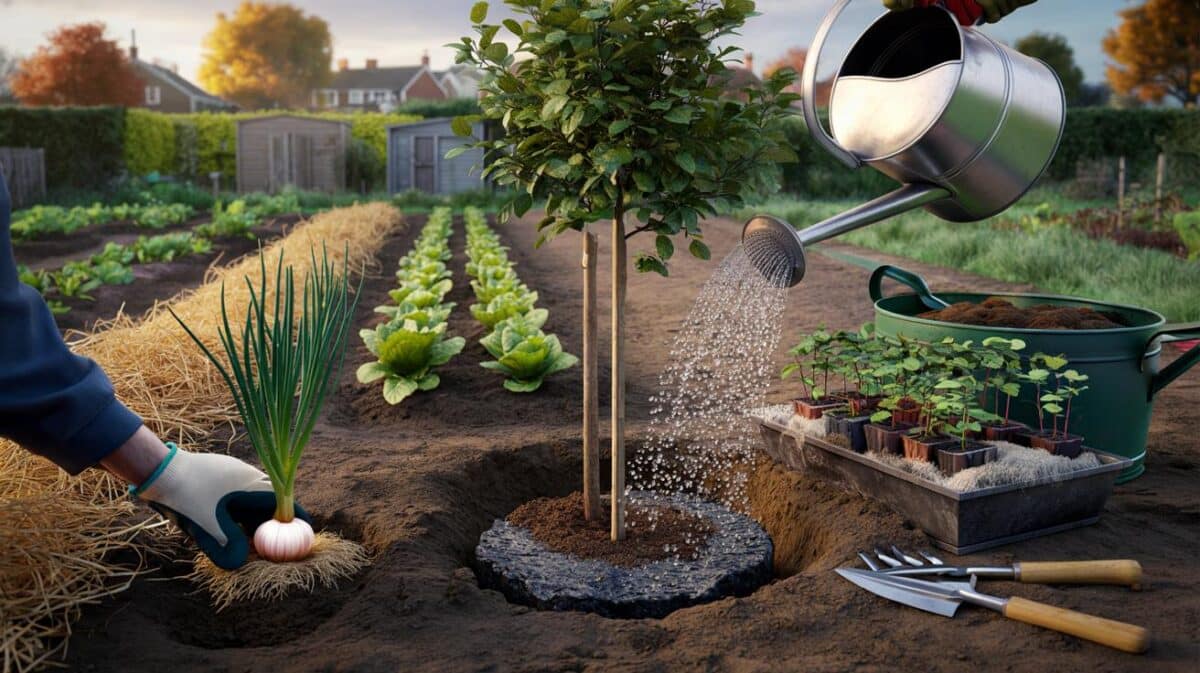As heating clicks on and windows stay shut, many households see cats shun bowls for baths. Here is what changes that.
Why cats ditch the bowl for the bath
Cats make water choices with their nose, whiskers and survival instincts. A bath looks clean, smells neutral and keeps water cool. A bowl can feel cramped, smell odd, and sit in a noisy or busy spot. The outcome: a soggy tub and an untouched dish.
Moving water wins their trust
Running water signals freshness. Many cats track the sound of a slow drip or a flowing tap because moving water rarely tastes stale. The bath’s film of water also spreads scent less, so the drink seems safer.
Smell and taste that bowls can’t hide
Plastic can release odours; detergent residues cling; limescale adds a tang. A cat’s nose catches all of it. Bowls near food or litter soak up smells and make sipping unappealing. Stainless steel, glass and glazed ceramic keep tastes neutral and clean easily.
Whisker stress and awkward placement
Deep, narrow bowls push against whiskers and feel irritating. A bowl jammed in a corner forces a cramped posture where a cat can’t watch the room. The bath offers open sightlines, stable footing and a cool surface.
Cats drink more from wide, shallow vessels placed 2–3 metres from food and litter, with fresh water changed daily.
Quick wins you can action this week
Rethink locations
- Place water 2–3 metres from both food and litter to avoid scent clashes.
- Pick a quiet, low-traffic corner with a clear view of exits.
- Offer at least two stations in multi-room homes; three or more for multi-cat households.
Make freshness a ritual
- Change water morning and evening in autumn and winter when heating dries the air.
- Scrub bowls with hot water only, then rinse thoroughly; rotate two bowls so one dries fully.
- Aim for a water depth of 1–2 cm in shallow dishes; top up little and often to keep it cool.
Upgrade the hardware
- Pick wide, shallow bowls: 14–18 cm diameter, low rim, smooth glaze.
- Choose stainless steel, glass or ceramic; avoid scratched plastic that traps odour.
- Use a non-slip mat so the bowl does not skate across the floor mid-sip.
Introduce movement without the mess
Flow invites curiosity. A small fountain (£20–£60) or a gravity-fed dripper gives gentle circulation. If you prefer low tech, float a few ice cubes for a brief swirl on warm days, or pour a thin trickle from a jug at set times so your cat learns a schedule.
Keep bath and sink off-limits during training: drain standing water, close the door, and remove drips that reward the habit.
Health stakes you should not ignore
Hydration influences urinary health. A 4 kg adult cat typically needs around 50–70 ml of water per kg each day from all sources. Dry-fed cats must drink more; wet food supplies moisture but rarely covers the full requirement. Low intake raises the risk of crystals, cystitis and kidney strain.
- Monitor toileting: small, infrequent clumps of urine in the tray suggest low intake.
- Watch for signs: sticky gums, sunken eyes, lethargy and constipation point to dehydration.
- Call your vet promptly if you see straining to urinate, bloody urine or repeated trips to the tray.
Beware sudden thirst spikes. Sharp increases in drinking can flag diabetes, hyperthyroidism or kidney disease. If your cat starts demanding the tap at all hours, log volumes and book a check-up.
A seven-day home test to beat the bath habit
One week of structured changes reveals what your cat actually prefers. Keep notes and adjust based on the results.
| Day | Water station | Bowl type | Distance from food | Changes per day | Approx. intake (ml) | Notes |
|---|---|---|---|---|---|---|
| 1–2 | Hallway corner | Ceramic, wide | 3 m | 2 | Door traffic? Lighting? | |
| 3–4 | Living room | Stainless, shallow | 2.5 m | 2 | Ice cube at noon? | |
| 5 | Bedroom | Glass, low rim | 3 m | 2 | Quieter spot | |
| 6–7 | Fountain | Circulating | 3 m | 1 top-up | Compare curiosity |
Measure intake by weighing the bowl before and after in grams; 1 g equals about 1 ml. Keep bathwater unavailable all week so data aren’t skewed by secret sips in the tub.
Target: for a 4 kg cat, 200–280 ml per day from all sources. Wet food reduces how much needs to come from the bowl.
Taste boosters that stay safe
Some cats need a nudge. Try plain tuna water (from tuna in spring water), a few drops mixed into the bowl once daily. Unsalted chicken broth works in small amounts. Do not use onion, garlic or salty stocks. Rotate flavours to prevent fussiness, and keep one station plain so the cat can choose.
Make the bath less rewarding
Cleaners leave residues that you do not want ingested. Rinse the tub thoroughly after products, then wipe it dry. Fix dripping taps, and keep the bathroom door closed for two weeks while you reset habits. Offer a “decoy” water station nearby in the hallway at the same times the cat usually begs at the bath, then gradually move it to a preferred location.
Environment tweaks that raise drinking
- Room temperature: 18–21°C keeps water appealing; hot rooms push cats to seek cooler surfaces like the bath.
- Lighting: a dim corner may feel unsafe; add a soft night light near evening stations.
- Sound: humming appliances put off some cats; place bowls away from fridges or boilers.
- Multi-cat dynamics: provide one station per cat plus one extra to reduce queuing and guarding.
When the bath habit hints at something else
Compulsive tap-watching can reflect boredom or anxiety. Add two daily play bursts of 5–10 minutes with a wand toy to burn energy and reset routines. Dental pain reduces drinking; if your cat hesitates, tilts the head, or drools, book a dental check. Senior cats often prefer elevated bowls that reduce neck strain; a sturdy stand can help.
Extra pointers that broaden your options
Water quality matters. If your tap water smells strongly of chlorine, fill bowls and let them sit uncovered for 12 hours so gases dissipate, or use a jug filter and change cartridges on schedule. Hard water marks bowls; a weekly white-vinegar soak (rinsed thoroughly) keeps surfaces smooth so odours don’t cling.
Food choices change maths. Switching part of a dry diet to wet adds 60–80% moisture by weight. If you prefer dry, add moisture with hydrating toppers, or mix warm water into meals to create a broth-like texture. For cats on urinary diets, follow your vet’s guidance before flavouring water or altering the feeding plan.


